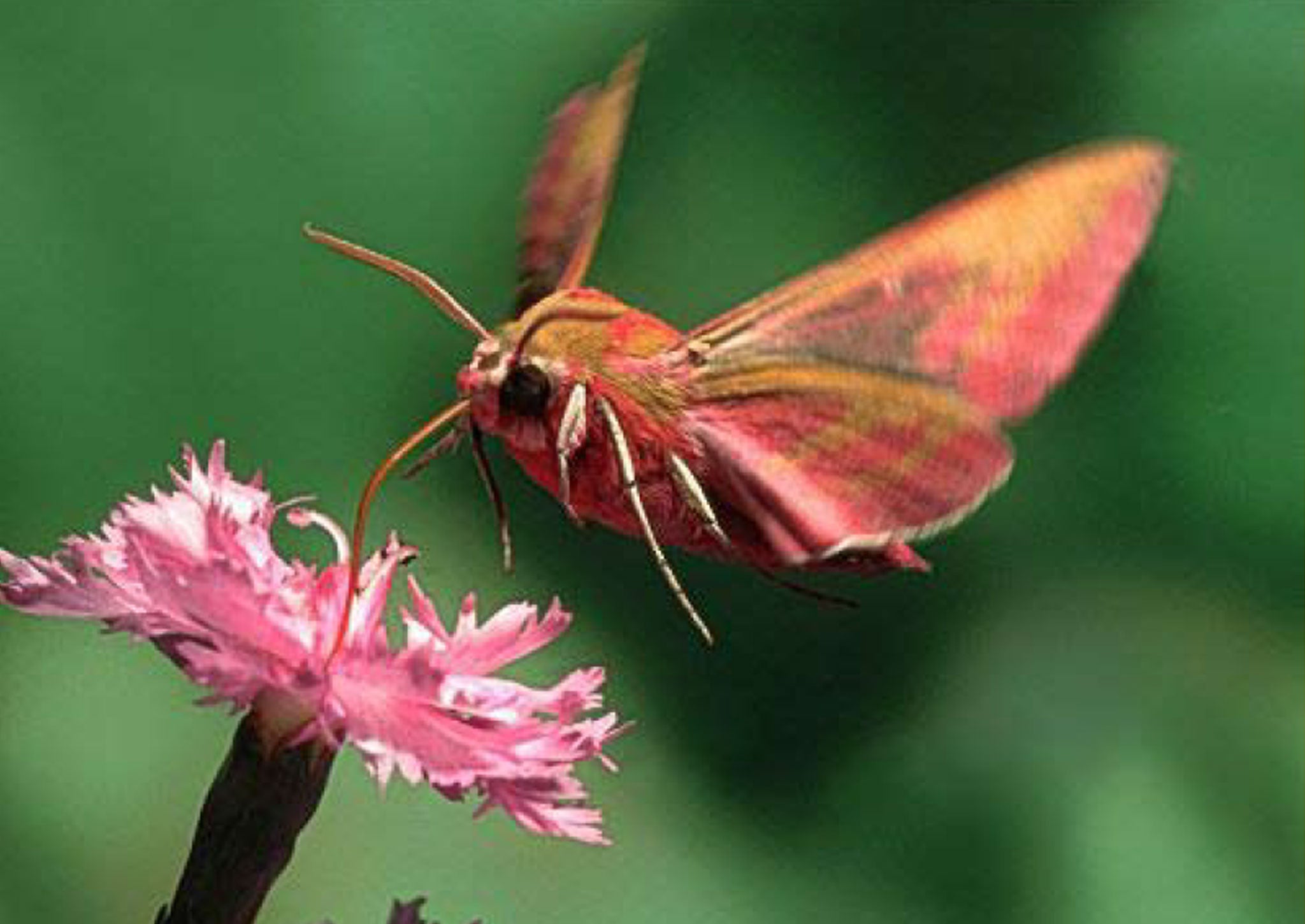Moths used to be regarded with hostility, but now they are getting a makeover
Given they're essentially the same as butterflies, it's about time

Once they were despised and stereotyped as second-class individuals, and mention of them was met with a shudder; but now they’re more and more accepted by society.
No, I’m not talking about any specific social group (take your pick from several). I’m talking about moths.
The inclusivity and tolerance we are so proud of in modern Britain is slowly being extended to a group of insects which once were regarded with almost universal hostility. A growing number of wildlife-lovers who might once have had eyes only for butterflies, are now becoming fascinated by their (generally) night-flying cousins, and thousands of them are going to the expense of buying moth traps, which is the only sure way of seeing moths close at hand.
It’s a quiet revolution, for moths have long had a pretty bad press. There are a dozen or so mentions of moths in the Bible, and not one is favourable: they are little brown things which eat your clothes, as well as your books and your tapestries, the Good Book will tell you, and nothing more. In reality, of course, many moths, even British ones, are wonderfully beautiful, every bit as dramatic in their colouring as butterflies; it’s just they are harder to catch sight of.
Last weekend was Moth Night, the annual celebration of moth recording by enthusiasts, with events and demonstrations put on by the moth-ers, which is how they refer to themselves, right across the country, from Thursday to Saturday (these days Moth Night takes place on three successive nights, in case the weather is inclement).
It is organised by the popular magazine for insect enthusiasts, Atropos, and the charity Butterfly Conservation, and speaking to BC’s main moth man, Mark Parsons, I asked him how many people he thought were now operating moth traps in their gardens on summer nights.
“It’s hard to get a handle on it exactly,” he said, “but I think 5,000 to 6,000 is a good estimate, possibly as many as 10,000 now.”
“Ten thousand?” I queried. “There may be 10,000 people out there with moth traps?”
“The number of people interested is going through the roof,” he said. The popularity of moths is going up and up, unquestionably.”
Moths and butterflies are essentially the same creatures – they are both groups of families of the insect order Lepidoptera, of which moths make up the overwhelming majority. There are something like 200,000 moth species in the world, and only about 20,000 butterflies; you might say butterflies are just a cohort of moths which evolved to fly during the day, which made them much more acceptable to people. It was moths’ association with the night that made them creatures of ill-repute and ill-omen, like bats and owls.
But now we can take them out of the night with a moth trap, which is basically just a box with a powerful light. There are several designs, but the principle is always the same: moths are attracted to light, moths fall into box. They settle down and go to sleep, and can be released perfectly unharmed in the morning – after you’ve had a close look at them and identified them.
“People have this stereotype of moths as boring and brown and they eat your clothes and they flutter in your hair at night and they’re generally pretty hopeless,” said Mark Parsons’ colleague at Butterfly Conservation, Richard Fox. “And yet, when you take people out moth recording and they actually see the incredible colours and variety of moths at night for the first time, it’s like the scales are lifted from their eyes. They just can’t believe it.
“The elephant hawk moth is a classic example. It’s in all our gardens, but no one ever sees it, and when you show it to people, this really common moth, which is bright pink and olive green, they think it’s something from a tropical rainforest. They can’t believe that it’s British and it flies in their gardens at night.”
There seem to be several reasons for the upsurge in moth popularity, including the availability over the past ten years of better identification guides, and the bringing together of the mothing community on the internet (it is booming on social media). Also, the sheer variety of moths is a great attraction: there are only 58 regularly breeding butterfly species in Britain, but there are 868 species of larger moths, all with English names (and about another 1,200 species of micro-moths, most of which have Latin scientific names only).
“You could go round the country and it would take you years and years to see everything,” Mark Parsons said. “But you can find wide diversity in your own back garden. You don’t even have to go out and about.”
Join our commenting forum
Join thought-provoking conversations, follow other Independent readers and see their replies
Comments